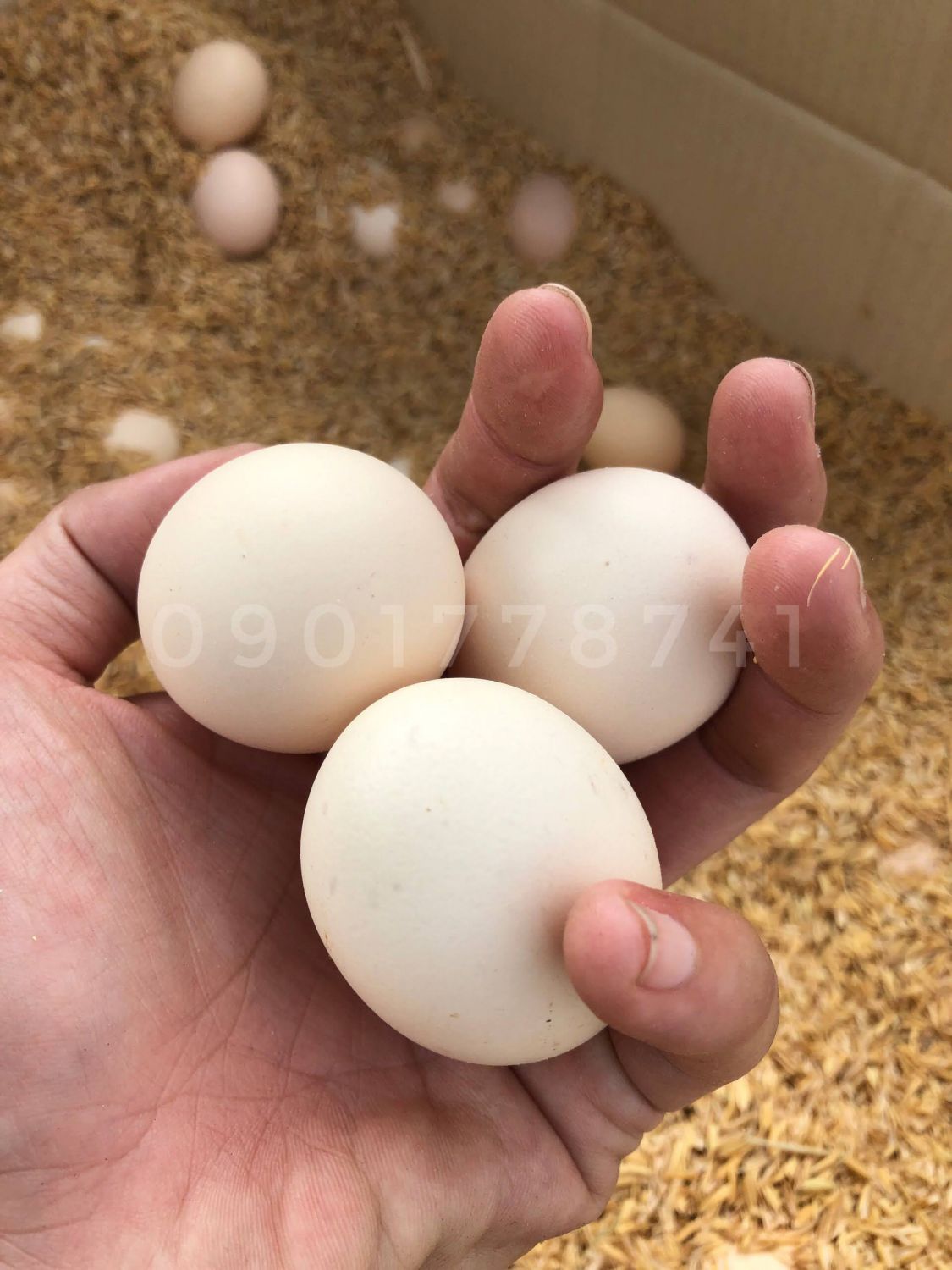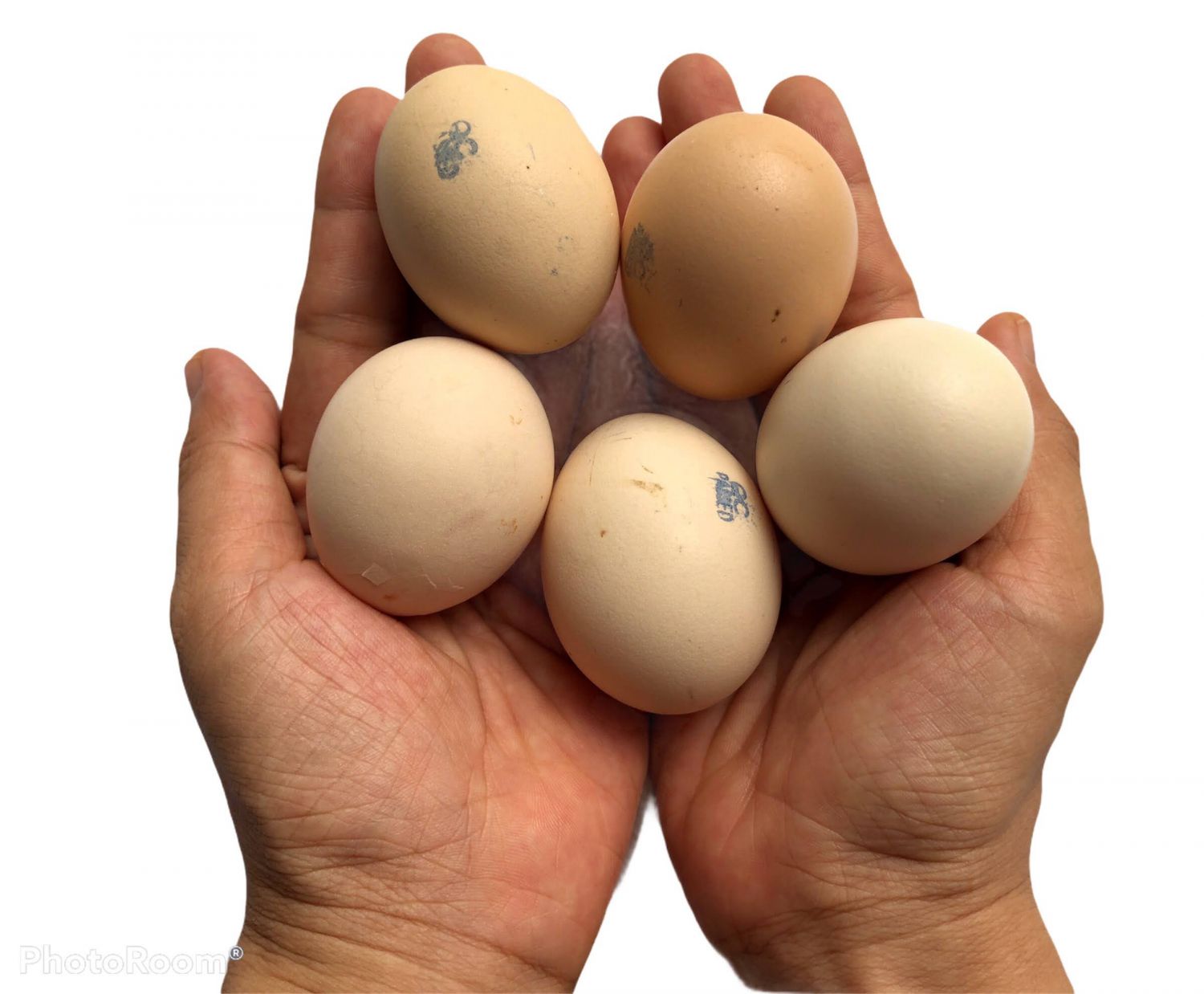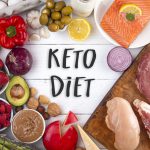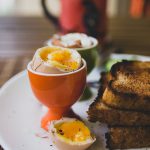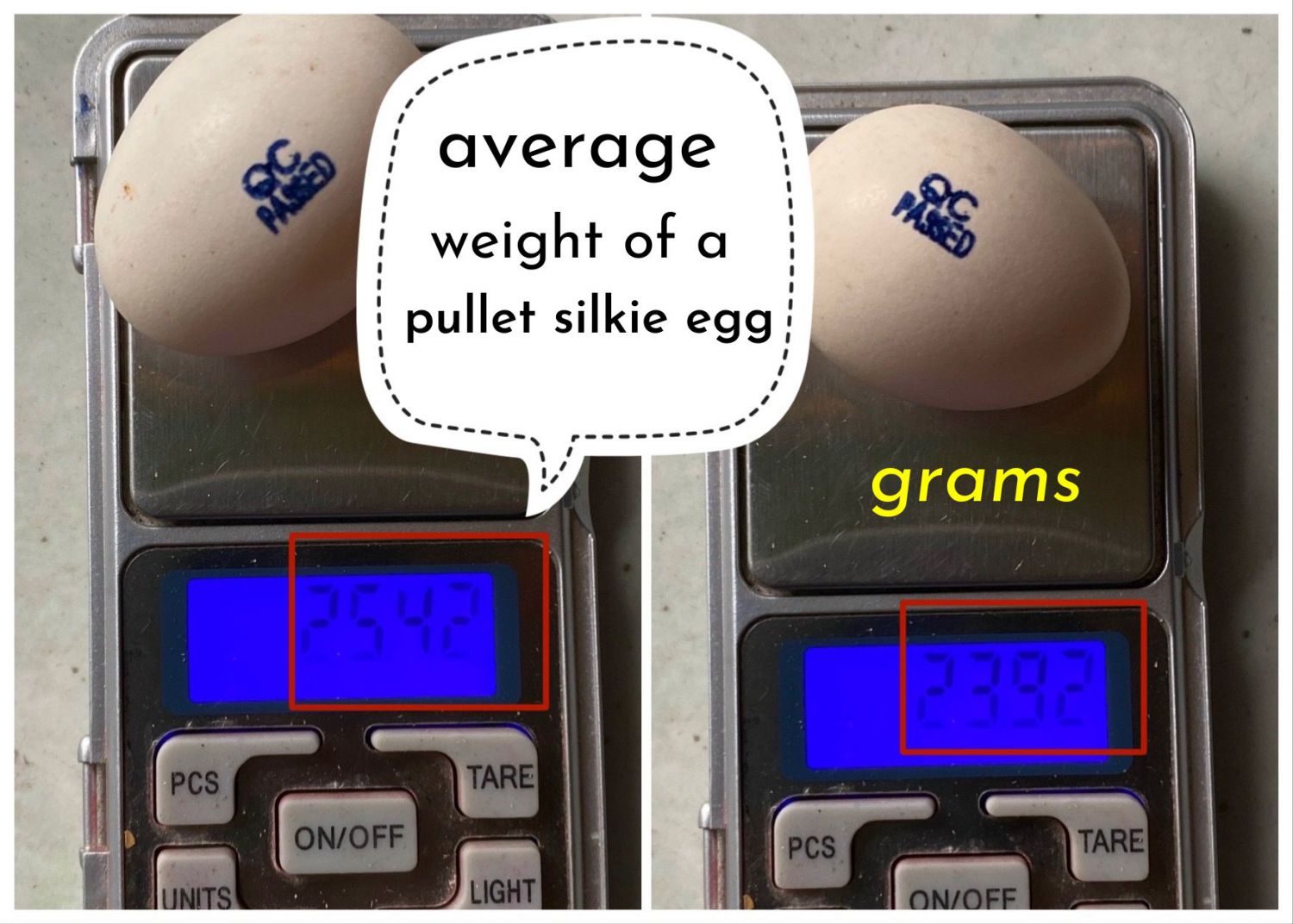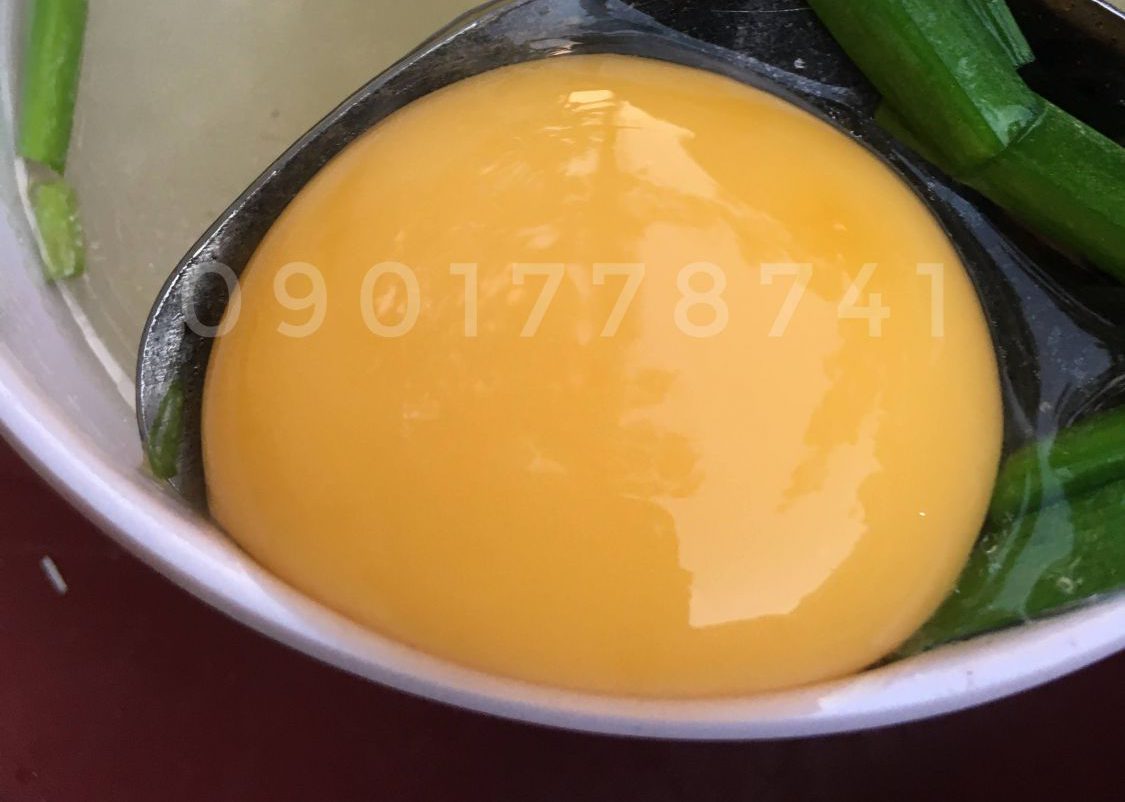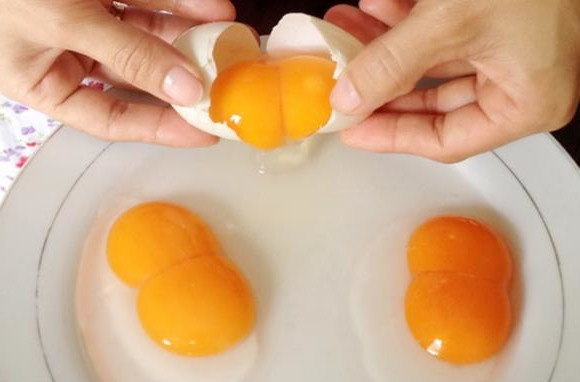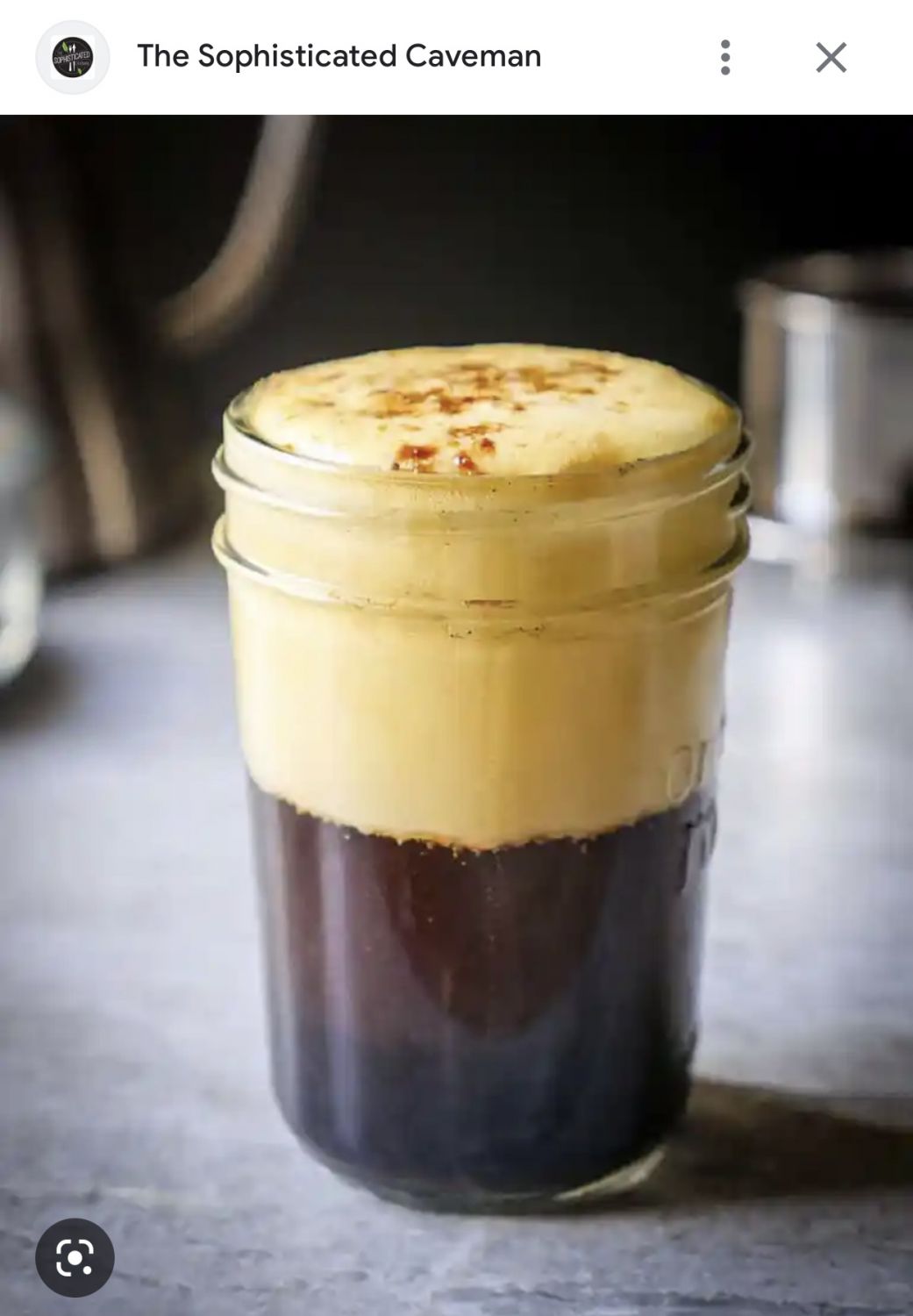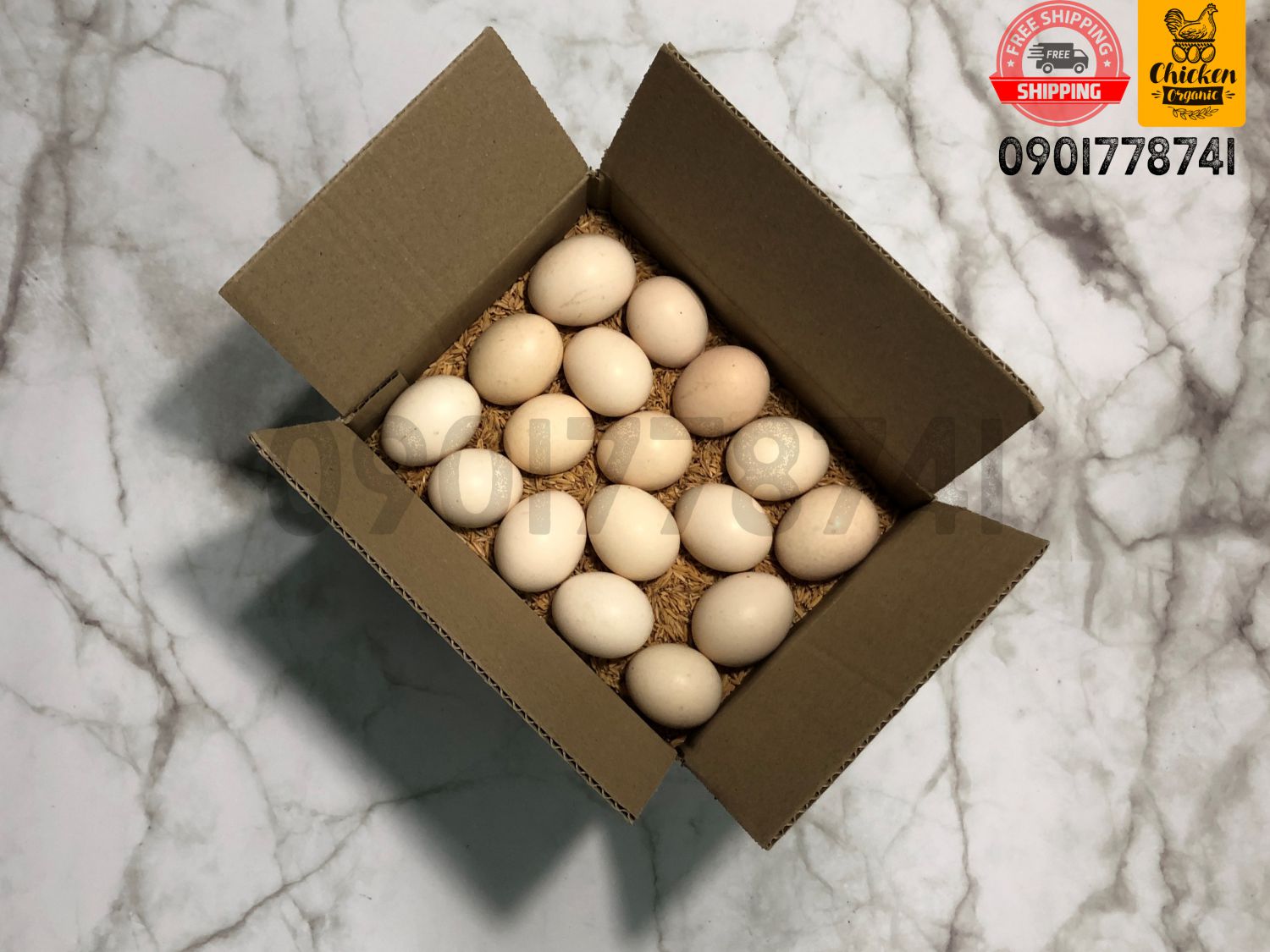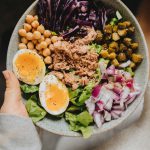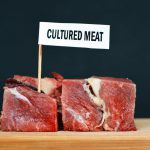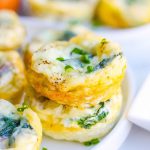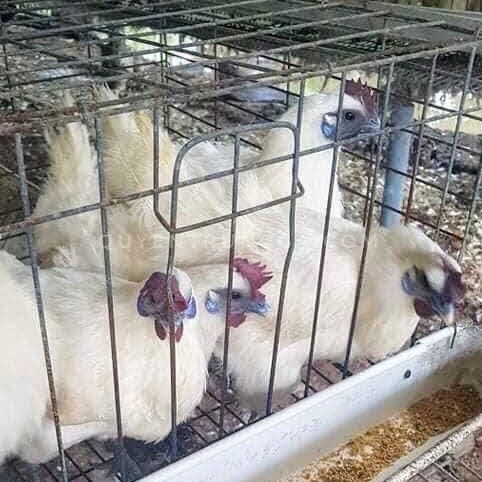Recent research 1 has focused on the nutritive constituents, oxidative stability, and rheologic properties of silky fowl eggs (aka silkie eggs), with the aim of comparing them to those of hens eggs.

Silky Fowl Eggs (aka Silkie Eggs) – Vietnam
Study on Nutritive Constituents of Silkie Eggs
The results of the study showed that the proportion of egg yolk to the whole egg was significantly larger in silky fowl eggs than in hens eggs. In addition, silky fowl eggs had significantly lower levels of cholesterol and higher levels of vitamins (B2, B6, D, and E), calcium, and potassium than hens eggs. The unsaturated fatty acid content of silky fowl eggs was 62.5%, compared to 53.9% in hens eggs.
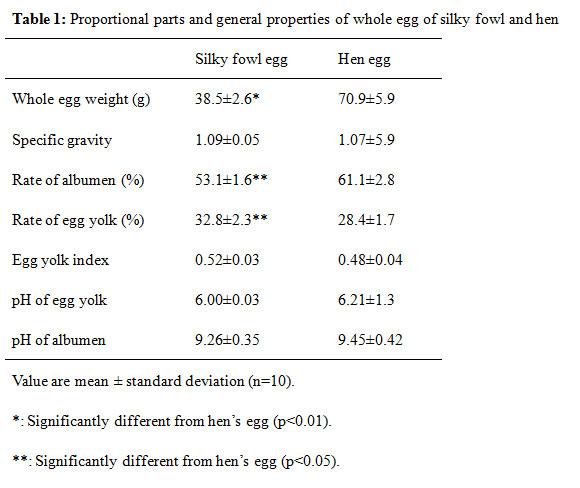
Proportional parts and general properties of whole egg of silky fowl and hen
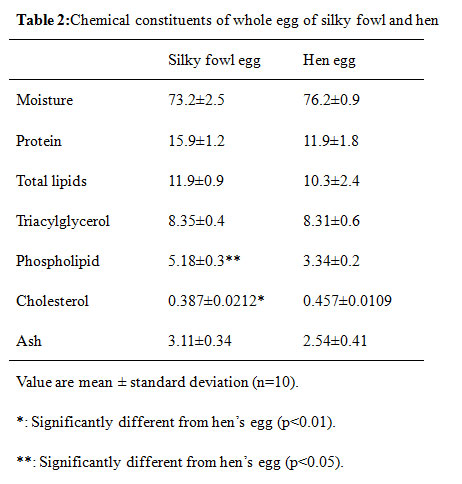
Chemical constituents of whole egg of silky fowl and hen
Oxidative Stability of Silky Fowl Eggs
The oxidative stability of silky fowl eggs was found to be significantly higher than that of hens eggs. The generation of hydroperoxides in silky fowl eggs was restricted until 8 days of storage and then increased gradually, while the generation of hydroperoxides in hens eggs increased drastically after 6 days of storage.
Rheologic Properties and Oxidative Stability of Baked Sponge Cakes Using Silky Fowl Eggs
When silky fowl eggs were used to make baked sponge cakes, the cakes had significantly higher rheologic properties, lower levels of lipid peroxidation, and lower water content compared to cakes made with hens eggs.
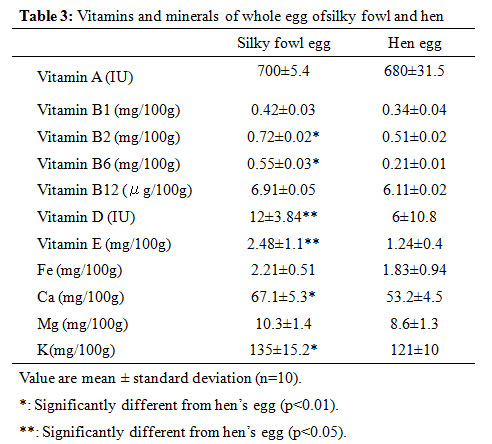
Vitamins and minerals of whole egg of silky fowl and hen
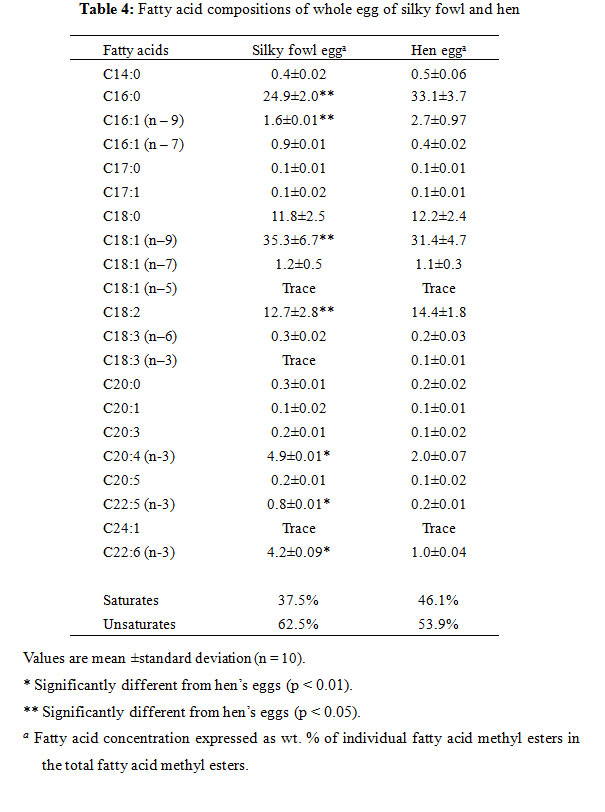
Fatty acid compositions of whole egg of silky fowl and hen
Conclusion
Overall, the use of silky fowl eggs can improve the quality, rheologic properties, and oxidative stability of baked cakes. Further research is needed to explore the differences in physical properties of the sponge cakes and the mechanism of oxidative stability of the silky fowl eggs.
Toyosaki T. Recent Findings About the Silky Fowl Egg. Curr Res Nutr Food Sci 2014;2(2). doi : http://dx.doi.org/10.12944/CRNFSJ.2.2.01
PDF research download: Recent Findings About the Silky Fowl Egg. Current Research in Nutrition and Food Science Journal _ vol2_no2_51-55
- Toyosaki T. Recent Findings About the Silky Fowl Egg. Curr Res Nutr Food Sci 2014;2(2). Available from:http://www.foodandnutritionjournal.org/?p=796 ↩
